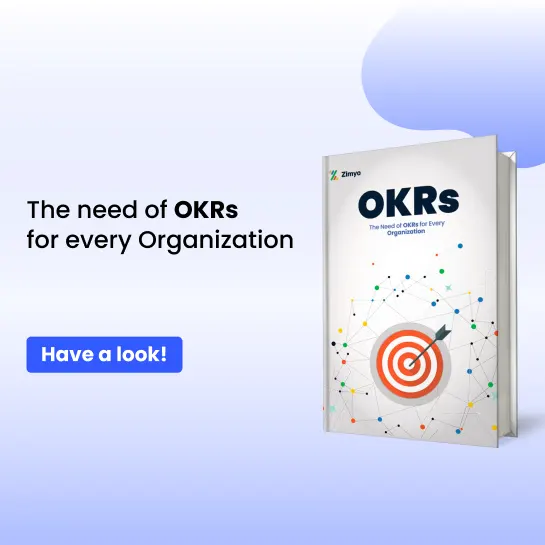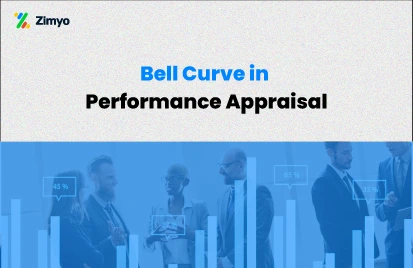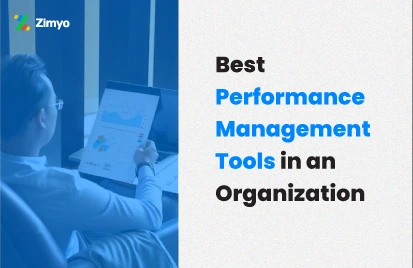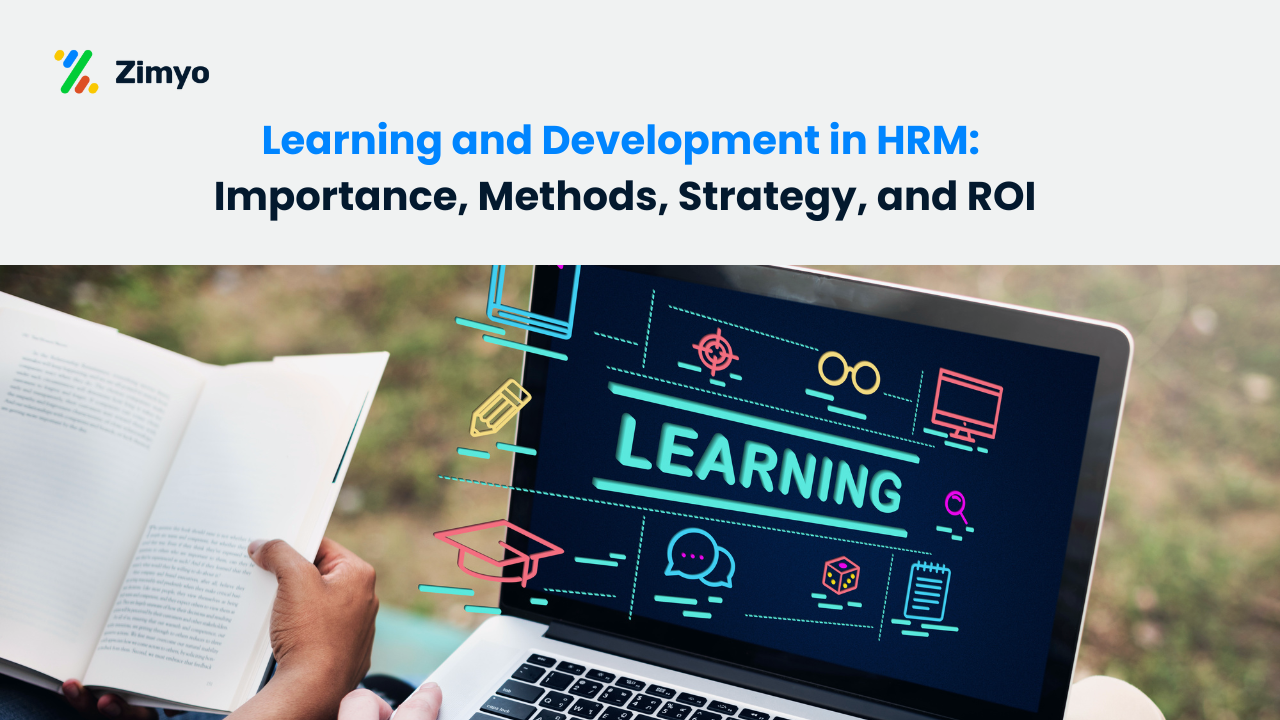Every employer is looking for unicorn hires. The star employees, that’ll take their entities to sky-high levels. Scouring for such candidates is constantly in motion through multiple job sites and other platforms.
But what if that exceptional person is already a part of your workforce? It’s a fact that top professionals are already aware of – great talents are often in our internal pools; we just have to probe around.
Recruiting someone from within an organization is lucrative for businesses. An efficacious way to discover top talent and augment the retention rate of employees who might think they’re in a dead-end role.
When organizational leaders encourage internal growth and movement for their employees – a culture of internal mobility follows suit.
What is Internal Mobility?
Internal mobility is the lateral or vertical course within an organization through which employees can advance towards new career and development opportunities. This approach includes promotions and demotions, job swaps, cross-functional team projects, mentoring, job shadowing, new positions, and other options.
Internal mobility proffers extensive benefits to businesses, incorporating– augmented retention rates, saving new hire costs, opportunities for innovation and diversity, saving precious time, etc. At the heart of everything, this impacts the bottom line majorly.
Benefits of Internal Mobility
The advantages of internal mobility go hand-in-hand for both the company and the employees. Internal mobility assists in drastically reducing recruiting costs, to boot. So one might ask some long-term values of implementing an internal mobility strategy? As it turns out, there are several. Mentioned below are some of the top benefits of internal mobility.
1) Augments Retention
Organizations to provide career opportunities to their employees reap the maximum benefits. A Gallup report revealed the companies investing in employees’ strategic development and how high their retention rates were.
Employees often feel the need to grow, and if the said growth is offered in their entities, the workforce will stay put and loyal. The fact is backed by another research where its proven that 41% employees will stay longer if there’s internal hiring.
2) Cross-collaboration
A nimble environment within a firm with employees trying new roles, developing and testing new skills, taking up various projects, and migrating both vertically and laterally breeds a cross-collaborative culture. Additionally, it allows existing employees to fill any skill gaps you may hire externally and aids in saving valuable time and money.
3) An aligned culture
Aligning a new employee with the company’s culture can take some time, but filing those position gaps with existing employees will not deter the company culture for obvious reasons.
4) Revamps the engagement
Employees who are interested and invested in their organization and work keep the employer brand high. A positive employee engagement is much more profitable for employers.
Types of Internal Mobility
Before putting an internal mobility program in action, let’s evaluate some approaches through which employees can experience growth and advancement within an organization. Entities can then improve precise techniques to aid all kinds of internal mobility programs when acquiring talents.
1) Lateral mobility
Role-to-role mobility or better known as lateral mobility, is a job migration from one position to another with minor changes in levels and remunerations. For example, if a sales development employee with six years of experience moves to become a marketing associate. That will enable the employee to experience a similar agency level but operate from a completely different job role.
2) Vertical mobility
Upward mobility or vertical is a job promotion wherein an employee advances towards a higher remuneration or acknowledges greater responsibilities in the same grade.
Some promotions are based on levels of performances and benchmarking, while others can be measured through an employee’s seniority. Many entities use numbers or letters to portray the ranks, while others use titles such as – associate, executive, manager, specialist, etc., among other titles, to denote job levels.
3) Transfers
Transfers are an employee’s vertical or lateral move from one job, position, department, location, etc., to another, where the remuneration, status, and responsibilities are similar. They can happen within an organization at the exact location or to another branch or place.
They can also be temporary, permanent, or ad hoc to align with location-specific or employee requirements.
4) Project-based mobility
The amalgamation of teams or employees to achieve a short-term common business target is when project-based mobility comes into action. The said teams often consist of employees from different functional expertise to innovate fresh and unique perspectives.
Project-based mobility often enables the workforce to concentrate and work on projects that would be divergent from their usual workflow and department.
More from Zimyo;
Bell Curve in Performance Appraisal
Strategies to encourage Internal Mobility
By incorporating an internal mobility program into the talent acquisition strategy, entities can broaden their candidate pools, uncover quality talents hidden to the naked eye, and simultaneously support employees’ career growth.
Below are some practical ways to create internal mobility strategies to drive talent forward.
1) Developing a framework for internal mobility
Internal mobility is not promotions or salary raise only. Without a framework, it can often create hassles with titles and compensations when talking about ‘mobility.’
A framework will assist in deciding how and where employees will be migrating in terms of roles and responsibilities. Everything can easily be aligned with project types, internal movements, growth plans, etc., with a framework in place.
2) Leverage in-person meetings
Frequent one-to-one meetings, performance reviews, and employee feedback are the key to the doors of wealth insight of an organization.
The said feature will assist in determining the opportunities the workforce wants to pursue or putting their skills and interests towards quality growth.
3) Easy L&D
The post-pandemic era opened doors for innovative opportunities for everyone. From upskilling and practicing new roles to easy juggling between tasks, etc., all because of learning and development opportunities they indulged in.
Employees and managers alike actively participated in the skill-development and talent-sharing opportunities. The millennials and Gen Z are full of curiosity and have a knack for learning new skills. Organizations today should focus on L&D to increase retention.
4) Building quality leadership
A good number of the workforce wants to indulge in leadership roles, and they need the practice to develop and hone their skillset. Whether the position consists of being a CMO or a manager, they aspire to reach their goal. As explained, internal mobility isn’t a vertical movement but a lateral one, too.
5) Paving the way for the employees
The workforce has a specific set of expectations from their organizations. Having a plan or a pre-planned path to work on is a part of those expectations. This will assist them in developing their careers and moving either vertically or laterally within the entity.
6) Culture for internal mobility
A workplace that aligns internal mobility programs with their policies enables a quality culture wherein;
- The workforce upskills
- Growth and career developments are enabled
- Autonomous paths for career growth
- Leadership skills are bred
- L&D initiatives are brought into action, etc.
Verdict
In this modern tech-driven world, merely attracting talent is not sufficient. Organizations must utilize multidimensional approaches like performance management software to augment their talent acquisition rates and retention to outperform the competition.
Zimyo performance management solution makes it a cakewalk to evaluate performance and recognize the quality players. Additionally, it enables the employers to provide their workforce with continuous feedback, encourage L&D within the workforce, and create a culture of inclusiveness.
Organizations need to integrate a software like Zimyo within their daily activities and strategies to reap the maximum advantages of an internal mobility program.
Also Read: Features of Performance Management System





